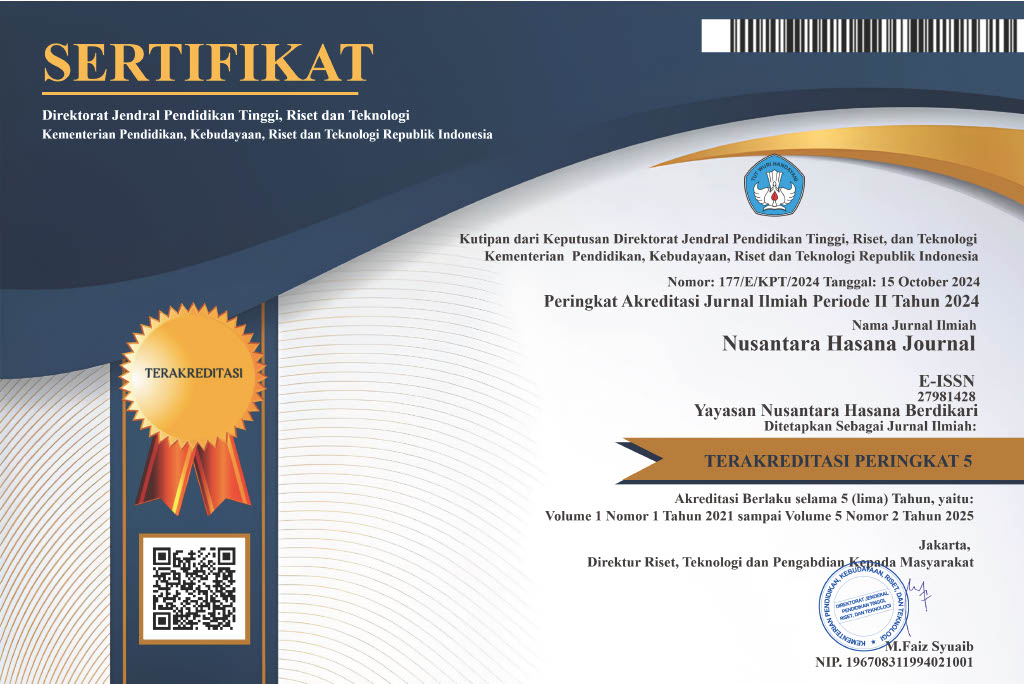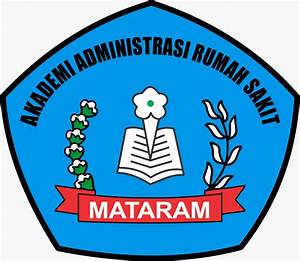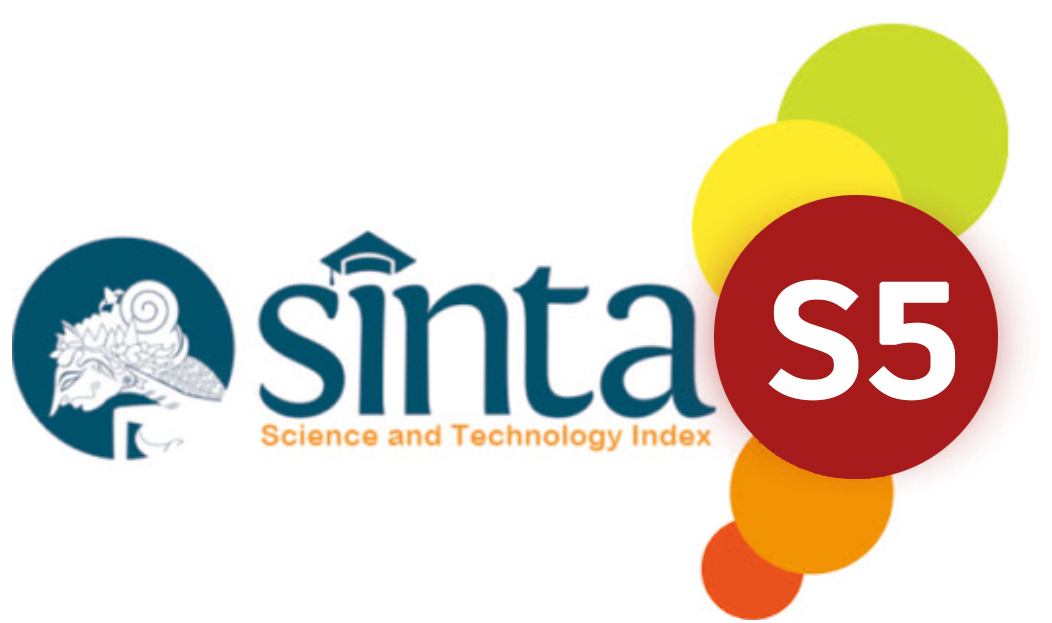PENERAPAN METODE PEMBELAJARAN MIND MAPPING PADA MATA PELAJARAN IPA UNTUK MENINGKATKAN HASIL BELAJAR PESERTA DIDIK DI SD
DOI:
https://doi.org/10.59003/nhj.v5i1.1507Keywords:
Mind Mapping, Learning Outcomes, Science, Fifth Grade Students, Active LearningAbstract
This study was motivated by the low learning outcomes of fifth,grade students in science subjects at SD Negeri 83 Gresik, particularly in the theme "Heat and Its Transfer" and the subtheme "The Effect of Heat on Life." One of the contributing factors is the use of conventional teaching methods that fail to actively engage students. Therefore, this research aims to examine the effectiveness of the mind mapping method in improving student learning outcomes. The research employed a Penelitian Tindakan Kelas (PTK) design conducted in one cycle, involving 15 fifth,grade students as research subjects. Data collection techniques included observation of teacher and student activities, learning outcome tests, and documentation. The findings reveal a significant improvement in student learning outcomes following the implementation of the mind mapping method, with the average score increasing from below the Minimum Mastery Criteria (KKM) to an average of 90. Student learning activity also showed a marked increase, with 87% of students participating actively during the learning process. Observations of teacher activities yielded a score of 90%, indicating the teacher's effective classroom management using this method. The study concludes that the use of mind mapping is proven to be effective in enhancing students' learning outcomes and promoting active engagement during science learning. Additionally, this method fosters a more interactive, enjoyable classroom atmosphere and encourages students to think critically and creatively. Hence, the mind mapping method is highly recommended for science instruction as well as other subjects in primary education.
Downloads
References
Alaudin. (2019). Faktor-Faktor Determinan dan Pengaruhnya terhadap Minat Belajar Peserta Didik. Jurnal Konsepsi, 120-127.
Ariyanto, M. (2016). PENINGKATAN HASIL BELAJAR IPA MATERI KENAMPAKAN RUPA BUMI MENGGUNAKAN MODEL SCRAMBLE. 134.
Astriany, N. (2016). MENINGKATKAN HASIL BELAJAR IPA MELALUI PENGGUNAAN MIND MAPPING SISWA KELAS IV SEKOLAH DASAR BEKASI UTARA. JURNAL PENDIDIKAN DASAR, 178.
Juanda. (n.d.). Peran Pendidikan Formal dalam Proses Pembudayaan. 3.
Luh, N. &. (2021). Pentingnya Penggunaan Media Pembelajaran Untuk Meningkatkan Prestasi Belajar Siswa. 1-16.
Lutvaidah, U. (2015). Pengaruh Metode dan Pendekatan Pembelajaran Terhadap Penguasaan Konsep Matematika. 279-281.
Sudrajat, A. (2003). Pengertian Pendekatan, Strategi, Metode, Teknik, dan Model Pembelajaran.
Tenriawaru, E. P. (2014). Implementasi Mind Mapping dalam Kegiatan Pembelajaran dan Pengaruhnya terhadap Pendidikan Karakter. 86-91.
Tristaningrat, M. A. (2005). Relevasi Teori Belajar Behavioristik Terhadap Nilai-Nilai Dalam Ajaran Yoga. 58-67.
Zuyyina Hasdillah Putri, M. U. (2015). Penerapan Model Pembelajaran Mind Mapping Terhadap Hasil Belajar pada Mata Pelajaran Ekonomi si SMA. 2.
Ariyanto, M. (2016). e-ISSN: 2503-3530 p-ISSN 2406-8012 PENINGKATAN HASIL BELAJAR IPA MATERI KENAMPAKAN RUPA BUMI MENGGUNAKAN MODEL SCRAMBLE. 3(2), 134–140.
Darusman, R. (2014). Penerapan metode mind mapping (peta pikiran) untuk meningkatkan kemampuan berpikir kreatif matematik siswa smp. 3(2), 164–173.
Dewi, E. R. (2018). Metode Pembelajaran Modern Dan Konvensional Pada Sekolah Menengah Atas. 2(April), 44–52.
Mariana, D. I. made alit, & Praginda, W. (2009). hakikat IPA dan pendidikan IPA.
Downloads
Published
How to Cite
Issue
Section
License
Copyright (c) 2025 Kartika Wulandari

This work is licensed under a Creative Commons Attribution-NonCommercial-ShareAlike 4.0 International License.
NHJ is licensed under a Creative Commons Attribution-NonCommercial-ShareAlike 4.0 International License.
Articles in this journal are Open Access articles published under the Creative Commons CC BY-NC-SA License This license permits use, distribution and reproduction in any medium for non-commercial purposes only, provided the original work and source is properly cited.
Any derivative of the original must be distributed under the same license as the original.
























